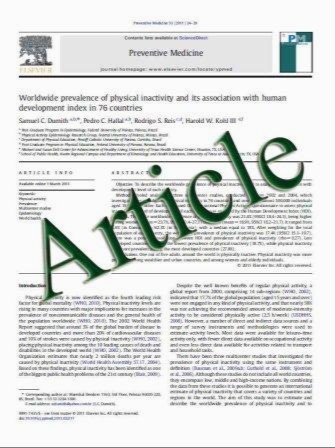The concept of FDG-PET endophenotype in Alzheimer’s disease
- نوع فایل : کتاب
- زبان : انگلیسی
- مؤلف : Emmanuel H. During • R. S. Osorio • F. M. Elahi • L. Mosconi • M. J. de Leon
- چاپ و سال / کشور: 2011
Description
Often viewed as a potential tool for preclinical diagnosis in early asymptomatic stages of Alzheimer’s disease (AD), the term ‘‘endophenotype’’ has acquired a recent popularity in the field. In this review, we analyze the construct of endophenotype—originally designed to discover genes, and examine the literature on potential endophenotypes for the late-onset form of AD (LOAD). We focus on the [18F]-fluoro-2-deoxyglucose (FDG) PET technique, which shows a characteristic pattern of hypometabolism in AD-related regions in asymptomatic carriers of the ApoE E4 allele and in children of AD mothers. We discuss the pathophysiological significance and the positive predictive accuracy of an FDG-endophenotype for LOAD in asymptomatic subjects, and discuss several applications of this endophenotype in the identification of both promoting and protective factors. Finally, we suggest that the term ‘‘endophenotype’’ should be reserved to the study of risk factors, and not to the preclinical diagnosis of LOAD.
Neurol Sci (2011) 32:559–569 DOI 10.1007/s10072-011-0633-1 Received: 3 October 2010 / Accepted: 13 May 2011 / Published online: 1 June 2011


